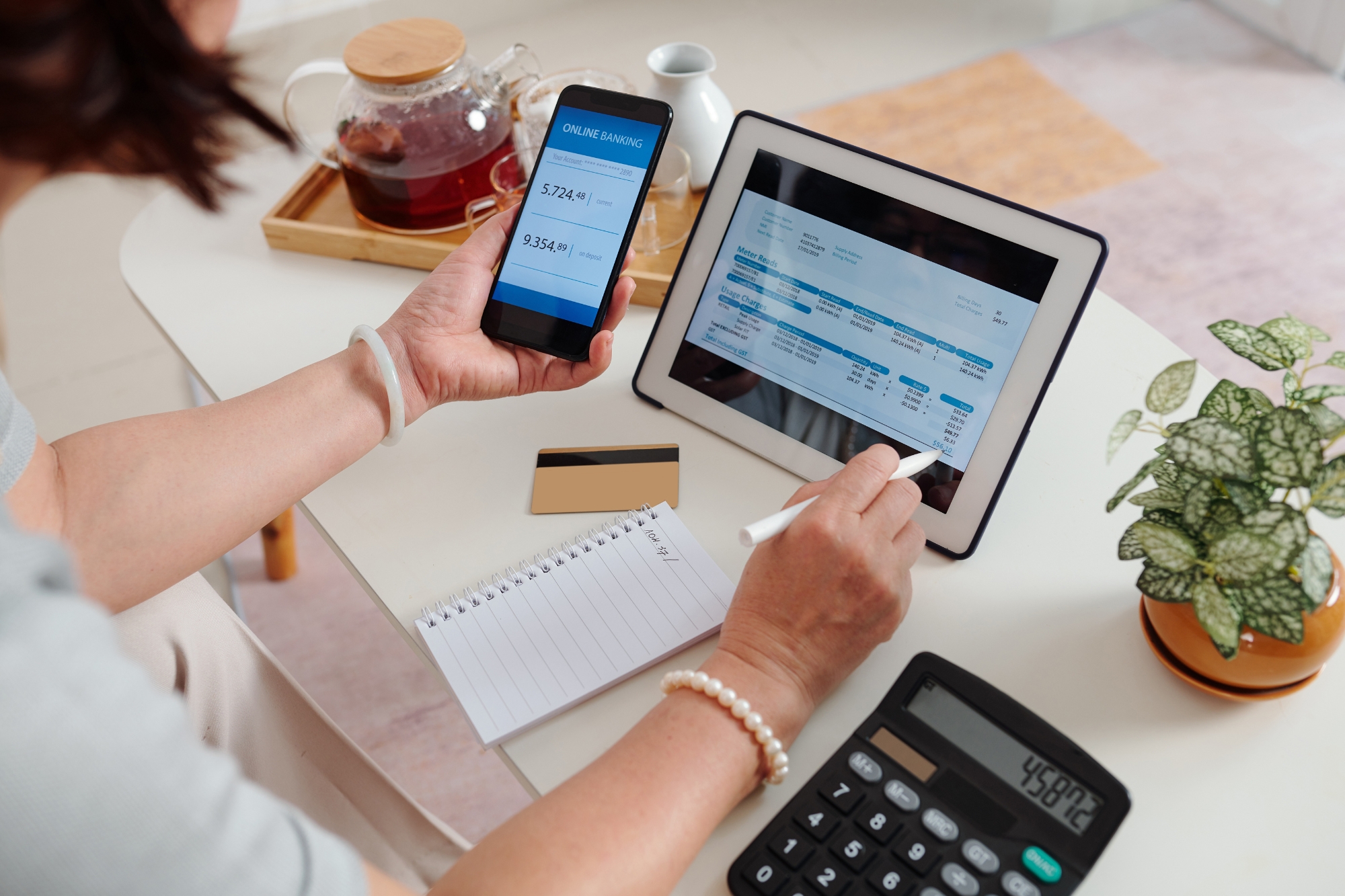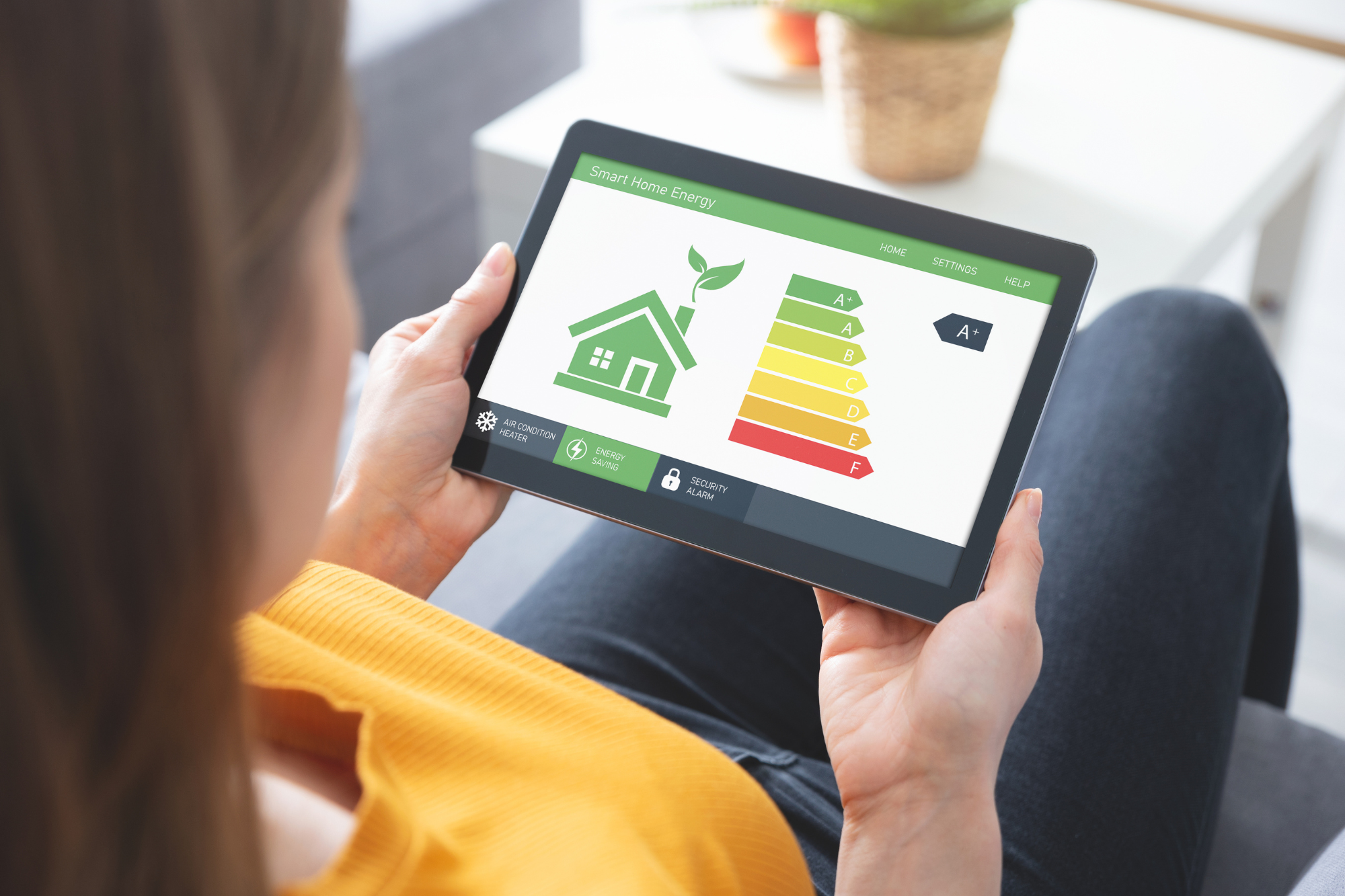Advantages To E-billing
Cash flow keeps businesses going. As payments pour in from customers, that money flows back out as investments in supplies, products, paychecks and expansion. A steady flow of customer payments is like oxygen; without them, a business dies.
In fact, the Small Business Administration’s SCORE (Senior Corps of Retired Executives) program, which advises small businesses and start ups, says poor cash flow management and poor understanding of cash flow is the main reason businesses fail.
It makes sense then that business owners and managers should invest time and effort nudging customers to pay their bills and in a timely fashion.
One way to make sure payments are made on time or are paid faster is to offer an ebilling option. Businesses that send thousands of monthly bills —like utility or phone companies — are most likely to have a transactional billing system in place that offers customers the chance to pay online, but ebilling can benefit any business. We have a system in place that we offer to our customers, so we have seen the advantages firsthand.
6 advantages to ebilling
- More and more consumers are comfortable paying bills online. In 2017, the average consumer paid 12.9 bills automatically online; they paid 8 bills in other ways, for example by mail or in person. So, 60 percent of the time, they used an online payment method.
- People tend to pay a bill quicker when they use an online bill payment system, which is a big advantage from a cash flow standpoint. Having payments in hand allows a business to pay its own bills and make needed investments in business expansion and growth. Let’s face it, pushing a couple of buttons on a smartphone or laptop is easier than finding a bill in a stack of mail, writing a check, putting everything in an envelope, searching for a stamp and dropping the envelope in a mailbox or at the post office. Eliminating those stumbling blocks, can cut payment time significantly.
- Ebilling gives customers flexibility. Depending on the system, they can automate their payment or, each month, they can choose a payment date, before or on the payment deadline. They have options for how to make the payment. Most common are bank drafts and credit cards. The more options you offer, the more likely customers will pay bills on time or even early.
- By using ebilling, you can shorten your payment window. Typically accounts receivable will give customers 30 days to pay their bills. That’s because with processing, printing, mailing and delivery time required for snail mail bills, businesses never knew exactly when their bills would arrive in a customer’s mailbox. With ebilling, as long as email addresses are correct and current, your bills should arrive in customers’ inboxes minutes or even seconds after you send them. As a result, ebilling payment windows can be shorter–two weeks instead of a month, for example. Some are even “due upon receipt.”
- Shifting more customers to ebilling can lower costs for printing, paper and postage. Having an online option also shows that your business is modern, forward-thinking and green, all positive messages. A recent Nielsen study showed that in the U.S. and worldwide, people of all ages overwhelmingly expect companies to demonstrate care and concern about the environment.
- Another way time and money are saved? With ebilling, payment reminders and late notices can be automated.
Market ebilling to your customers
If you haven’t added ebilling to your transactional options, or if you have, and you’d like to convince more customers to use it, make these points in your marketing materials and in your bills:
- Remind customers how much time they spend (waste) on managing paper bills and what it costs them, not only in time but in stamps, gas and — when they occasionally forget about a bill and have to pay a late charge — extra fees. Talk about the ways epayment will make their life more manageable.
- Point out the flexibility ebilling offers. They will no longer need to worry about a bill that sits in their mailbox while they are on vacation. If they want a paper record, they print out their bill. Depending on the type of online payment system, the customer can choose how to pay–through a bank draft tied to a checking account, a credit card that earns points.
Ebilling is not a new concept, but it can take time to convince people to make the shift. And, it’s important to keep in mind that even those who use ebilling don’t always use it for every bill they pay. The best practice from a transactional standpoint is to offer your customers as many ways to pay as you can, but to consistently market online payment options. Chances are, as your customers become more familiar with online payment, more and more will move in that direction.
We’ve helped many businesses not only set up online payment systems, but market them to their customers as well. If you’d like to set up an online billing system or get more customers to use your ebilling option, give us a call.
Interested in how Bluegrass can help?
See what we can do.
You may also like...



